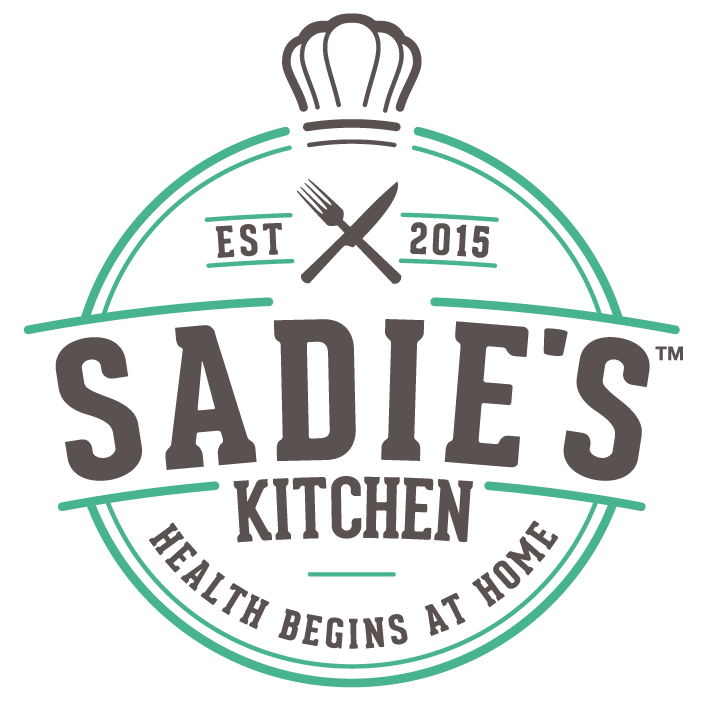Niamh Burke is a Nutritional Therapist and member of the Nutritional Therapists of Ireland. This week, she’s kindly sharing her tips on fasting and intermittent fasting with Sadie’s HQ.
She specifically works with female clients suffering from digestive issues, blood sugar problems, hormonal imbalance, low mood, aches and pains and difficulty losing weight. Her clinic is in Galway but she also works online via Skype and through online programs such as her 21 Day Keto Fast Plan.
Enjoy x
Fasting is soaring in popularity at the moment and for good reason too! It’s one of the most healing and regenerating practices you can do for your body and it’s free!
Not only is it a great tool to incorporate into your life for weight loss it can help remove problematic old cells that are unneeded by the body. Fasting will have a different impact on each individual depending on how long or how often you fast as well as your individual constitution.
By no means am I claiming it is a cure-all for health disorders, but here are some of the conditions it has helped my clients with*:
• Calm down an autoimmune flare up
• Reducing symptoms of neurological pain in the body
• Avoiding hysterectomy by alleviating symptoms of adenomyosis
• Tightening up the skin after weight loss, ageing or pregnancy
• Removing problematic scar tissue from injury or surgery.
• Dissolving broken veins
• Improving blood glucose scores
*NOTE: The client examples listed above were in some cases taking 1 or 2 additional supplements and were following a low carb diet.
HOW DOES IT WORK?
Fasting stimulates healing and regeneration of tissues through a mechanism known as autophagy (which literally translates into self-eating).
Autophagy is a process used by the body in response to lack of food, where it has to scavenge for protein in order to carry out the basic bodily processes. (For example, the immune system needs a certain amount of protein to function and it’s vital that the immune system does not shut down when we are not eating!)
Listen to your body; that is the key to safe fasting
This mechanism helps us to get rid of broken down cellular parts and may help reduce age-related diseases such as Alzheimer’s, diabetes and cancer. Studies are currently underway examining these massive potentials.
WHAT IF I CAN’T GO WITHOUT FOOD?
For some people just thinking about going without food can stir up emotions of fear… they know they don’t feel well when they skip a meal or snack and can experience symptoms of headaches, dizziness, ‘hanger’ and even anxiety.
Most of us are conditioned to graze from dusk until dawn… and it’s not just our minds; it’s our bodies too! Carbohydrates release energy quickly, which means they run out quickly too. If your main meals and snacks are based around high-carbohydrate foods it’s much more difficult to go for any length of time without food.
DITCH THE HIGH-CARB PROCESSED FOODS…
Swap out highly processed carbohydrate-rich foods for high fibre vegetables and healthy fats. So instead of a sandwich at lunchtime, opt for a salad with some avocado and olive oil dressing. Some lightly toasted walnuts or seeds will give that crunch that your brain desires when it’s missing out on the carbs!
This really helps to train the body to use fat as a fuel source and it will help prevent the dreaded 3pm slump, which is literally just a blood sugar crash from the bread you’ve eaten at lunchtime! A couple of tablespoons of quinoa or brown rice with a pesto dressing is a lovely addition to any salad. You are still getting your carbs but in a much lower ratio.
Homemade bread is another great option and there are loads of recipes online that use nut or seeds flours for a higher protein lower carbohydrate option.
10 TOP TIPS FOR FASTING
1. The Keto Diet:
The easiest way to train your body to use body fat so you’ve energy during fasting is to get into ketosis first. Seven to 10 days of the keto diet will make fasting so much easier. Your body will literally send you signals to fast when you start the keto diet.
People notice that they can easily go hours without even thinking about food and this is an ideal time to introduce a fasting window. You don’t necessarily have to stay keto forever but it’s a great way to improve your metabolic flexibility and to train your body to fast.

2. HFLC Dinner:
If you are not eating a keto style diet the next best thing is a higher fat, lower-carb dinner. This will help you feel more satisfied in the evening so that you don’t snack and also it will help you feel less hungry in the morning.
An example of this is spaghetti bolognese made with courgette spaghetti, plenty of olive oil and topped off with some grated cheese! (You are getting your fats from the cheese and olive oil).
The best way to track cravings is to monitor how you feel after dinner if you are still feeling strong cravings you may need to add in more fats. A good option here is to go for a higher fat mince – it’s tastier and cheaper!
3. Introduce slowly:
Start with 12 hours just 7pm – 7am. You can shift times slightly to suit your morning routine.
4. Try extending:
Once you find 12 hours easy extend it later. I find bringing a smoothie to work great for this as you can have that when you feel it’s necessary. Listen to your body; that is the key to safe fasting!
5. Intermittent Fasting:
Purposely try and stretch out that fast until 11am. So, 7pm – 11am is 16 hours. You may not be able to do this immediately but you can graduate times and this trains your body to go longer without food. I need to mention here again that a morning fast is much harder if you’ve had a high carbohydrate dinner or sugar the evening before.
6. Longer fasts:
Once you are comfortable eating within an 8-hour window and fasting for 16 then you can try a longer fast for example 24 hours (dinner – dinner). There’s no real easy way to do this to this bar putting it in the diary and just doing it.
The day before I do a 24 fast I start eating at lunchtime and finish at dinner. This prepares your body for a longer fast the next day and eases your body into it. I recommend choosing a day that you are not too busy as when stress hormones are high combined with hunger; it can be a real recipe for disaster! It won’t be as bad if you’ve followed the steps above.
7. Electrolytes are vital:
When we fast we naturally lose electrolytes, especially in the beginning. Symptoms of an electrolyte imbalance include fatigue, headaches, dizziness, muscle aches and heart flutters. You can also feel a false sense of hunger when what you are actually are is dehydrated.
Plain water won’t replace the lost electrolytes so I recommend a zero sugar variety like Viridian Sports Electrolytes or Quinton Complete Mineral Supplement. You can also use bone broth*, which is another fantastic source of electrolytes.
8. Fasting Aids:
Not only will bone broth replace lost electrolytes to reduce symptoms of dizziness and headaches, but it will also immediately quench your hunger pangs and cravings. It really is a wonderful tool to help support your body through the fasting process.
NOTE: Just remember if you are making bone broth at home to scoop off the fat as you want to stick with minimum calories on a fast. One cup of bone broth without the fat is only about 40 calories!
You can also drink herbal tea, water and black tea and coffee. Some groups allow a little apple cider vinegar in water and believe it or not it does actually help with hunger pangs.
9. Be gentle with your body:
Start slowly and use the fasting aids I have recommended above to help make the process easier. If you are experiencing a negative hormonal effect I would recommend you stop fasting and contact a nutritional therapist to tailor a plan to better suit your needs.
10. Females Beware:
Fasting is much harder on the female hormonal system. (It does not affect males in the same way.) So if you start fasting and notice changes in your mood or your cycle it might be affecting your ovaries or your thyroid. For this reason, I don’t recommend fasting to anyone who is actively trying to conceive, pregnant or breastfeeding.
For more, visit: http://www.niamhburkenutrition.com/
